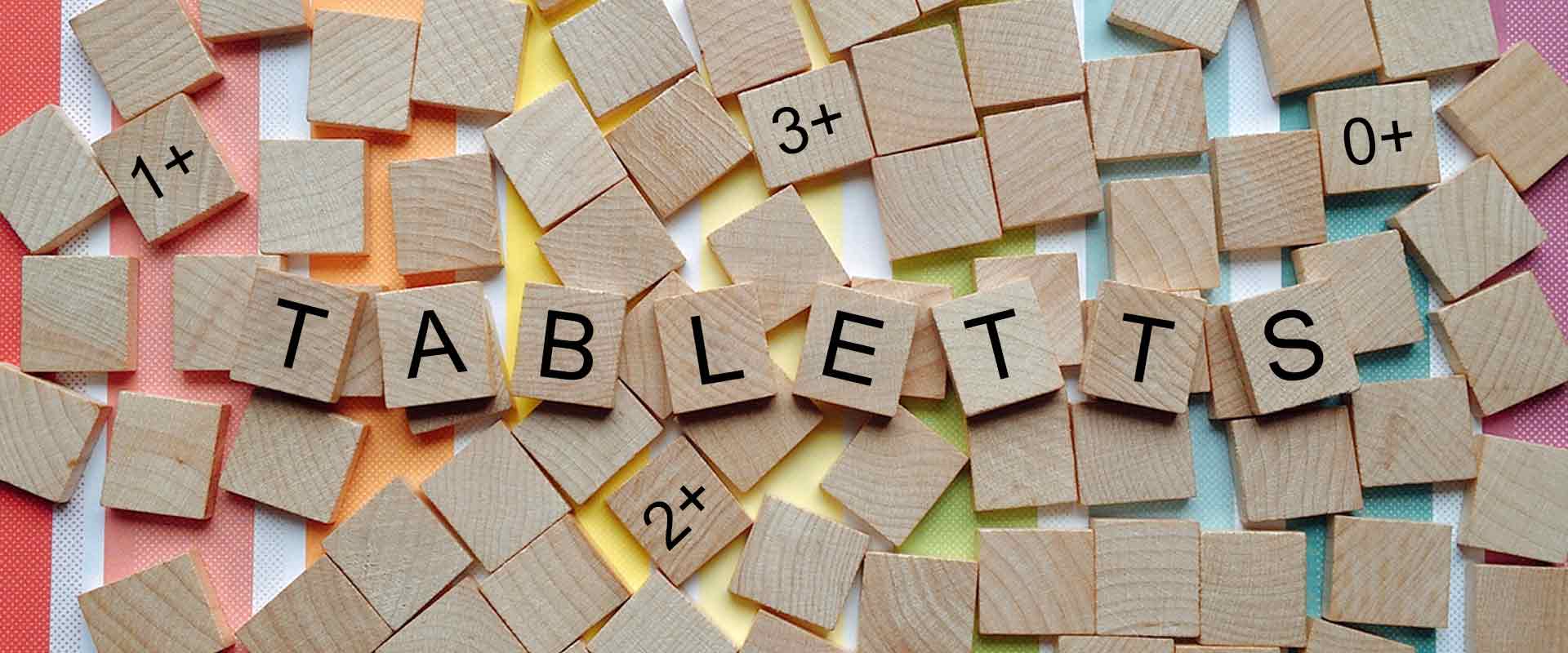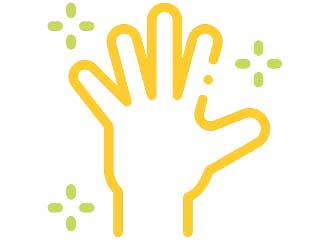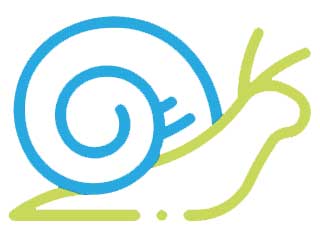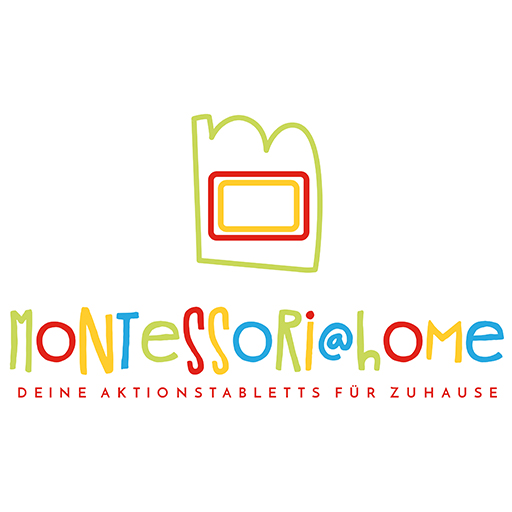
Sorted for you by age.
You already know what Montessori work means and what action trays are? You are just looking for new ideas? Then you will find a sorting by age with us. To do so, simply click on the different categories in the menu bar above and you will find all ideas sorted by age.
Small note: The age information is only a rough recommendation, as every child develops differently and in it’s own speed. Observe your child and find out how well it can handle the work suggested, whether it is maybe already too easy or still too difficult. All kids are developing in their own speed for the different categories, but we anyways wanted to make it more simple for you to find new ideas, that’s why we have decided to go for some ages when you can start with these activites.
Sorted by types.
You already know how to practice Montessori and you are just looking for new work for your child to promote a special skill? Then you can find our reference work here, sorted by types.
Why Activity Trays?
Many people asked us again and again why we have specialized in activity trays and that’s why we would like to give you a short explanation here.
First of all, if you want to practice Montessori at home, it is usually the easiest way to start with activity trays. Each activity tray is designed to teach a specific skill. With activity trays, kids learn to understand and internalize activities and relationships on their own. The tray gives them something like a framework and creates an order and overview, which gives them security and orientation while doing their work.
To do so, you have to have a look at your child to figure out what needs it actually has, what it currently tries to learn and therefore you then prepare the activities that fit best for your child to manage the next step in learning and improving this skill. The different types of trays are focused on fine and gross motor skills, language, perception and cognitive as well as practical life skills. A detailed description of these types of skills can be found below. Another little help for you to give you a rough idea by age what your child is motivated to learn most, are the sensitive phases, which we have shown on our Montessori page.
Characteristics of Montessori Activities
All Montessori activities are subject to different characteristics, which are briefly summarized below.
Each activity targets the acquisition of a skill.
For example, when a child puts a ball into a small hole, he or she learns that skill. Conventional toys mostly focus on several skills at the same time.
Natural materials are preferred.
We also try to prefer natural materials on our site. Wooden toys are sometimes more expensive, but also more durable and there is usually a direct relationship between size and weight.
However, it can sometimes happen that we also use toys made of non-natural materials for price and practicality reasons, mostly to offer a low-cost tray solution, or because the desired material, such as miniature items, is not always available in wood. Example: Schleich animals
Activities can always be structured into a beginning, a middle, and an end.
The child will start a new activity mostly with only a part of the sequence. For example, he or she may start by pouring water into a vase but not arranging a flower in it; later, he or she will complete the cycle and finish by putting the tray back on the shelf.
It must be possible to completely finish the activity.
Each Montessori activity must be able to be completed in its entirety. For example, a puzzle with one piece missing should not be offered to the child, because it is very frustrating for the child if he/she would like to finish the puzzle but cannot because one piece is missing.
All activities are arranged in baskets or trays.
Each tray or basket contains everything the child needs to complete an activity. For example, a tray for watercolor painting also contains a small glass of water and a cloth in case something goes wrong. The tray therefore contains everything for the child to paint water colors independently, without asking a parent for help.
Activities are learned through repetition.
The activity should always be difficult enough so that the child can learn something new while doing it, but not get bored.
The child always has the freedom to choose an activity.
The child’s shelf is always equipped in such a way that he/she has the freedom to choose from a limited number of activities that correspond to his/her stage of development, something that he/she currently wants to work on and in which he/she can learn a new skill.
How to show the child an activity
Whenever we provide the child with a new activity, we can show it to them with a little “performance”. This involves breaking down the activity into small steps, starting from getting it out of the cupboard and bringing it to the table, to putting it back on the shelf. During this demonstration, there are the following three things to keep in mind for the child to be able to manage the activity afterwards.



No words
The activities should be demonstrated to the child without speaking, as young children in particular are unsure whether to listen or watch when you are talking while completing the activity.
By hand
All activity steps are performed as if the child were doing it himself with his little hands, i.e., for example, a small glass is held with both hands.
Slowly
All steps should be done slowly enough so that the child can follow along very well.
